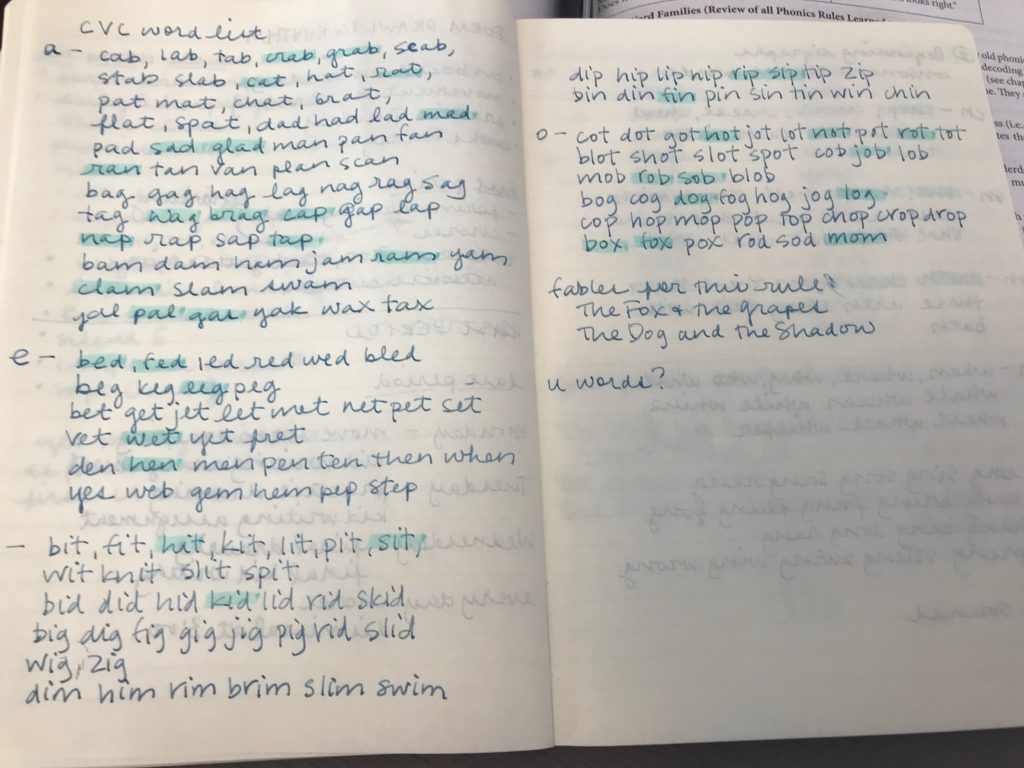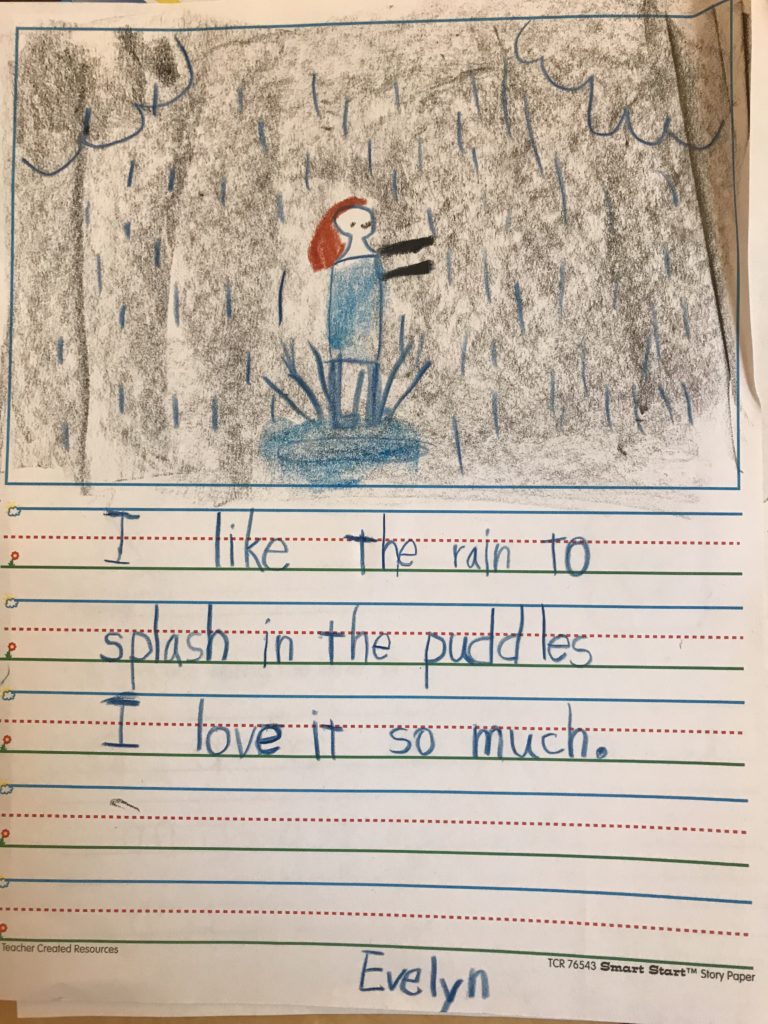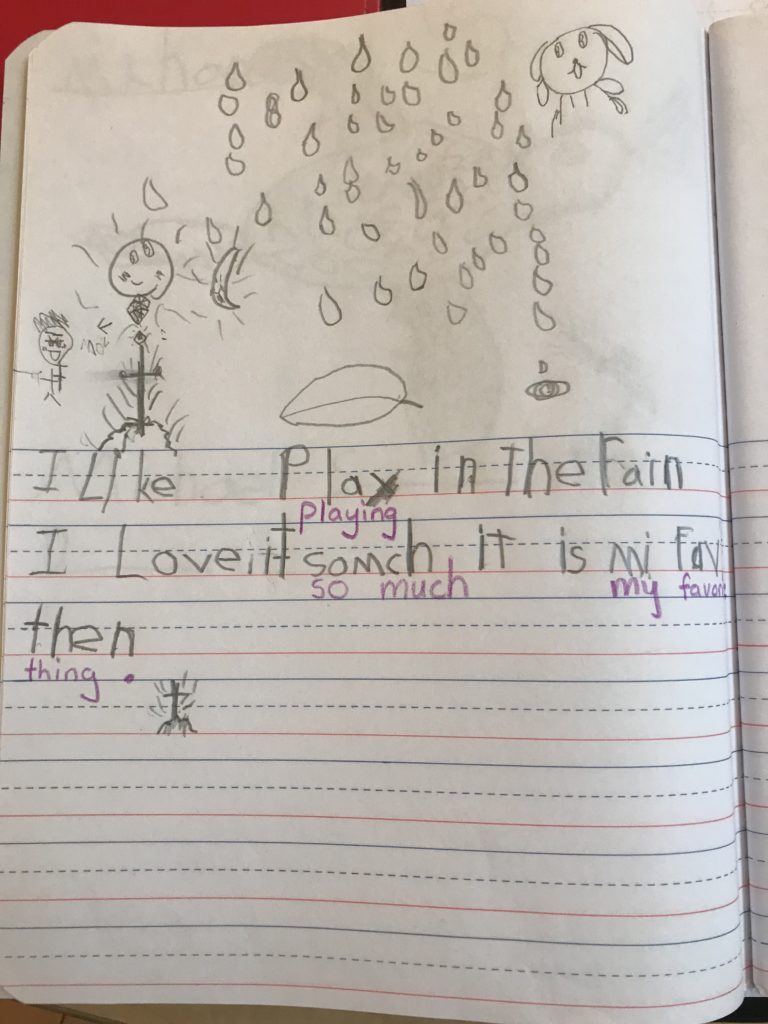Teachers, do you struggle with Waldorf practice lessons? Does this sound familiar?
You put lots of time, energy, enthusiasm, heart, soul and inspiration into your main lessons.
They are chock full of imaginative stories, purposeful work and artistic experiences that seamlessly flow from one to the next.
You love that every night when you get home and you reflect on the day’s lesson, you can think of exactly the next activity that will extend your students’ learning and have them eating out of the palm of your hand on the next day.

It comes so easily, main lesson is a joy to plan (especially if you’ve got some lovely office supplies). You actually enjoy sitting down with your lesson planner and mapping out the next day’s lesson. (Well, it would be nice to sleep a little more, but lesson planning gives its own kind of pleasure.)
But, here’s the rub . . .
Each day, main lesson is over and done with by 10:30. For most of us school doesn’t get out for another four or five hours.
If you’re like many Waldorf teachers, you’ve got at least two more lessons to deliver during that time. And when you consider that the general recommendation is for every one hour of classroom time, you need to spend two hours prepping, you can get a little overwhelmed.
That’s a lot of prep time.
I know that when I first started teaching, those after-main lesson classes (or extra mains, as we sometimes call them) were the things that did me in.
I just didn’t have the same time or energy to devote to them that I had for my main lessons. As a result, those classes were filled with uninspired content that, though it had a purpose and worked towards a learning goal, it wasn’t engaging or interesting to my students.

Here are some of the uninspired go-to activities that often filled those extra mains.
- Free-reading
- Finish-up time
- Extra recess
- Math worksheets and workbooks
- Free-drawing
Now, as I said, many of these activities had purpose, but they were not planned with intention, enthusiasm or a clear direction.
And don’t get me wrong, students need to work with these activities at times. If they are chosen with intention and purpose, they’re just fine. But, unfortunately, a lot of teachers turn to these activities when they are out of planning steam. The result is afternoon lesson time that feels like “filler” — which doesn’t feel good to students or teachers.
It took me awhile to figure out how to feel really good about those extra mains (which I often call “practice periods” now.) And now that I’ve found my solution, I actually look forward to those times and I DON’T feel overwhelmed by planning them.
What is the key to my practice period strategy? RHYTHM!
Yes, I know, rhythm is the key to MANY things. I don’t know why it took me so long to find a way to use it with my extra mains. But once I figured this out, I realized that I could get the bulk of my planning for those practice lessons for the whole year done in the summer!
Very often teachers set an intention for each class when they create their weekly schedule, and I certainly did this, even in my first year of teaching. But when it came time to plan the actual activities, I scrambled. My weekly and nightly prep was all about main lesson and those practice periods were a complete afterthought.
But it doesn’t take much effort if you just sit down and put a little bit of energy to it. Deciding on the rhythm is the first step.
Here’s an example to show you what I mean.

I have my students every class after lunch Monday-Wednesday. I LOVE that this schedule is so rhythmic. It meant choosing activities for that time so much easier.
Planning Your Waldorf Practice Lessons
So, for us, this after lunch time is a Language Arts practice class. Every week we have a phonics lesson and do a writing project.
- Monday — 10 minutes of instruction about the phonics rule. Receive the writing assignment and begin writing.
- Tuesday — 10 minutes of word work with the phonics rule. Review your writing with a teacher.
- Wednesday — 10 minutes to put the phonics rule in your phonics book, with sample words and drawing. Finish the final writing and drawing to match.
I mapped out the progression of phonics rules in the summer so all I have to do every week is come up with the writing prompt. We’re using fun and seasonal themes, so I often come up with it Monday afternoon while I’m on recess duty.
Now that we’re in the second month of school the students have the rhythm down and as soon as they come in from recess they go right to their writing folders and begin working.
It’s purposeful work that the students enjoy. And the rhythm of it makes it feel doable for even my most challenged writers.
Now, it doesn’t always work out exactly like this. Students finish each stage of the process at their own pace. This works out because it would be difficult for me to review everyone’s writing at once.

The key for me to make sense of it was to have a 3-step process that loosely corresponded to the days.
And there are certainly times when this process goes out the window and we do something completely different. Soon we’ll need to work on making our lanterns for Martinmas, for example. But unless there is something else going on, I feel good knowing that my lesson is planned and my students will be engaged in meaningful activity.
What tricks have you discovered to help make your planning periods a little less stressful to plan? Share your thoughts in the comments.




Leave a Reply